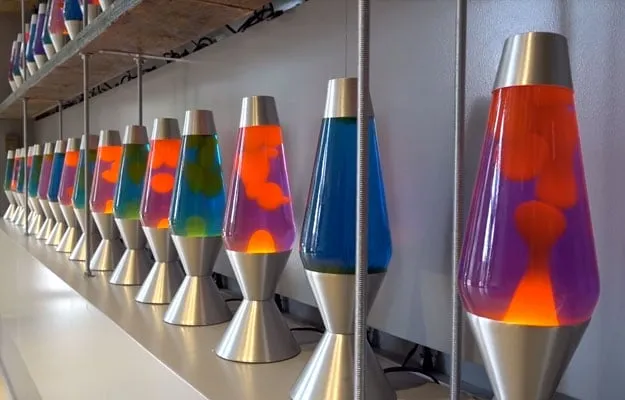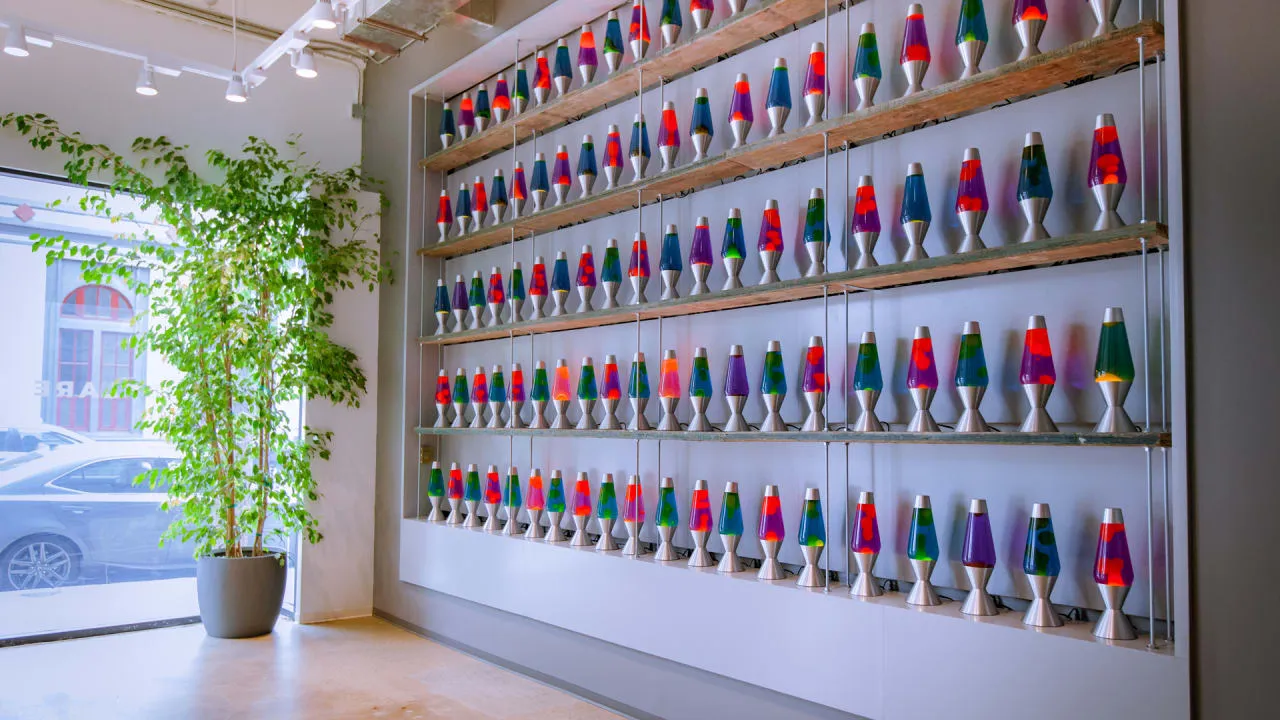Being able to generate random numbers is important for secure encryption, but computers are bad at actually computing randomness. They rely on rules and algorithms to compute answers to questions, and can only generate what we might call pseudo-random numbers; that is, numbers that appear to be random but are actually following a carefully defined, if difficult to identify, rule.
So when your content delivery systems powers around 10% of the internet, as Cloudflare's does, how do you generate the keys that unlock your encryption? Simple- lava lamps.

Cloudflare has a wall in its San Francisco office stacked high with lava lamps (see the picture above). Instead of relying on algorithms to generate the random sequences of letters and numbers that make up keys, Cloudflare photographs the wall of lava lamps as they are doing their thing. The genuinely random movements of the blobs and lights are recorded and are used to output complex sequences. "Every time you take a picture with a camera there's going to be some sort of static, some sort of noise," Nick Sullivan, Cloudflare's head of cryptography said. "So it's not only just where the bubbles are flowing through the lava lamp; it is the state of the air, the ambient light -- every tiny change impacts the stream of data."
If we can ever develop computers to generate genuinely random numbers, it'll probably still be worth keeping the wall of lava lamps.
